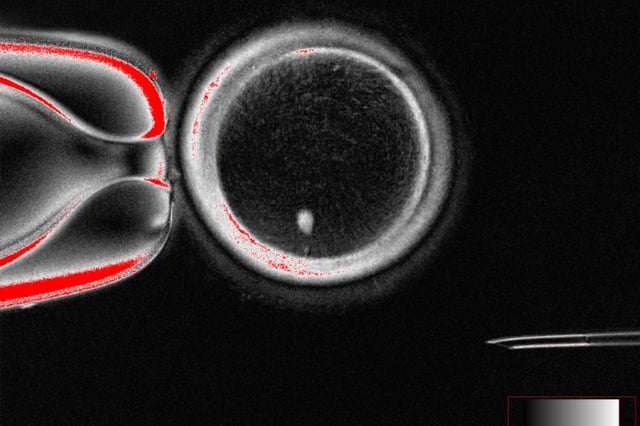Overview
- An Oregon Health & Science University team used somatic cell nuclear transfer to place skin-cell DNA into donor eggs, then triggered a chromosome-halving step they call mitomeiosis.
- The work produced 82 oocyte-like cells that were fertilized with donor sperm, with roughly 9% reaching the blastocyst stage by day six before the experiments were stopped.
- Embryos displayed chromosomal abnormalities because the induced division randomly ejected chromosomes and did not recreate normal meiotic recombination.
- Study authors and outside experts described the results as an encouraging proof of concept while stressing significant technical, safety, ethical, and regulatory challenges.
- If future refinements prove the approach safe and effective, it could eventually offer new options for people without viable gametes, including some infertile patients and same-sex couples.



